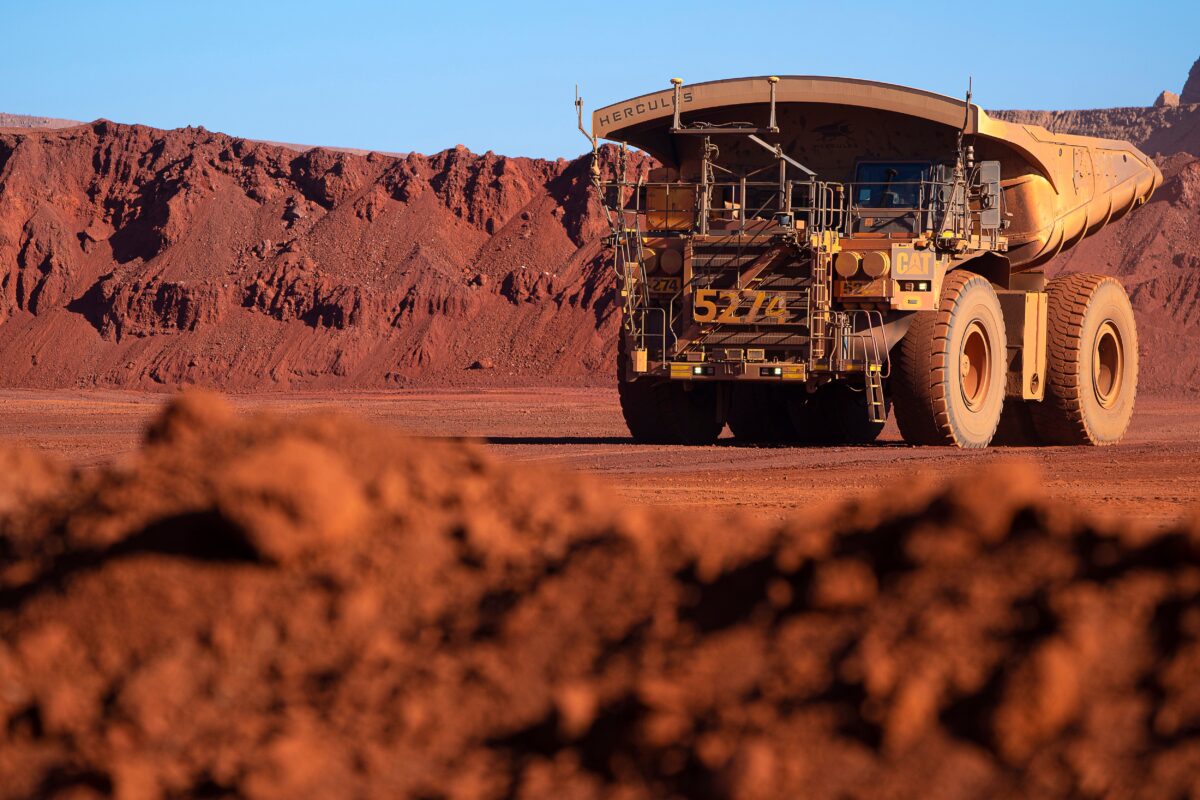Mining giant BHP has told an investor presentation it will spend about $6 billion (USD 4 billion) to electrify and decarbonise its global mining operations as it seeks to achieve its medium and long-term emissions reduction targets.
The world’s largest miner plans to reduce its operational emissions by 30% by the end of the decade, based on 2020 levels, and achieve net zero by 2050.
BHP’s Minerals Australia vice president of planning and technical Anna Wiley said for the group’s Pilbara operations, which are not connected to an electricity grid, that means finding alternatives to gas for power generation and replacing diesel for trucks and trains.
Power for BHP’s Pilbara operations is currently supplied by its 190 MW Yarnima gas-fired power station and the company uses about 1,500 mega litres of diesel each year in more than 1,000 pieces of equipment.
“One of the things we do know for certain about the transformation is that we are going to need a lot more power,” Wiley said, adding that power demand is expected to increase by three to four times as the group moves to reduce emissions from fossil fuels.
“Over the decade we will increase the volume of renewables and anticipate having up to 200 MW each of wind and solar and 150 MW of battery energy storage installed capacity by 2030.”
Wiley said the miner is yet to determine if it will build the renewables itself or enter into offtake agreements with other developers.
“We are open to all options, and we are engaging with the market to determine the best solution for BHP,” she said.
Wiley said BHP has already made good progress towards its decarbonisation goals through leveraging power purchasing agreements which have supported more than 1.2 GW of new wind and solar generation and battery storage assets around Australia.
“These agreements have us on our way to reducing emissions by at least 50% by 2025, and our aim is to eliminate them entirely by 2030,” she said.
The company is also exploring options for interconnection to the electricity grid in the future, Wiley said.
Much of the expected increase in BHP’s power demand is set to come from the transformation of the diesel fleet with the miner nominating electrification rather than hydrogen as its preferred pathway.
“Our view is that an electrified mining fleet is more economic and more achievable than the alternative fuel sources,” Wiley said, adding that one of the reasons for this is energy efficiency with the electrified pathway expected to deliver about an 80% overall efficiency, compared with less than half of this for hydrogen.
This content is protected by copyright and may not be reused. If you want to cooperate with us and would like to reuse some of our content, please contact: editors@pv-magazine.com.









By submitting this form you agree to pv magazine using your data for the purposes of publishing your comment.
Your personal data will only be disclosed or otherwise transmitted to third parties for the purposes of spam filtering or if this is necessary for technical maintenance of the website. Any other transfer to third parties will not take place unless this is justified on the basis of applicable data protection regulations or if pv magazine is legally obliged to do so.
You may revoke this consent at any time with effect for the future, in which case your personal data will be deleted immediately. Otherwise, your data will be deleted if pv magazine has processed your request or the purpose of data storage is fulfilled.
Further information on data privacy can be found in our Data Protection Policy.